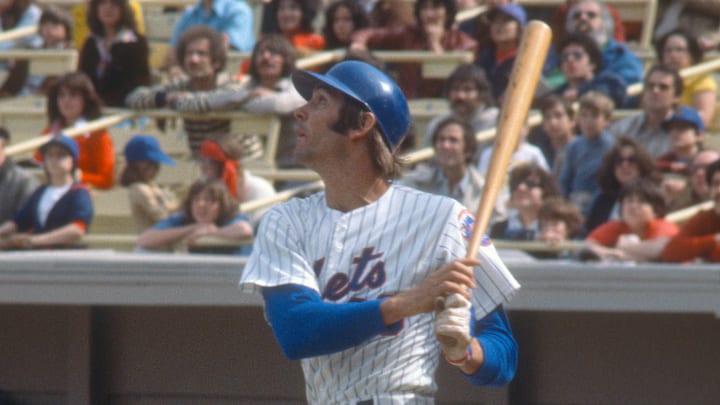
Howard Johnson
Though he didn’t quite have the star power of many of the Mets’ all-time best offensive players like Mike Piazza, Darryl Strawberry, or David Wright, Howard Johnson was objectively one of the best hitters in Mets history. During his time in Queens, “HoJo” found his way near the top of many Mets all-time hitting leaderboards, including the following: offensive WAR (fifth, 30.3), runs scored (fourth, 627), total bases (sixth, 1,823), home runs (fourth, 192), RBIs (fourth, 629), stolen bases (third, 202), and doubles (fifth, 214).
Unfortunately, his pop at the plate and speed on the bases did not always translate into sparkling defense. His career defensive WAR, per Baseball Reference, was -7.8, and it was negative during each of his nine years with the Mets. 1991 and 1992 were particularly forgettable years in the field for HoJo, as he recorded -1.4 and -2.7 dWAR in those seasons, respectively.
Perhaps not coincidentally, in 1991 and 1992, Johnson played a combined 128 games in the outfield, including 84 games in center field, after racking up only a handful of outfield appearances in his career up to that point. It did not go well. In 1991, Johnson recorded a TZ (total zone in runs above average) of -1. In 1992, that stat plummeted to -25, by far the worst single-season mark of his career.
Johnson was never one of the best defensive infielders in the league, but he was downright dreadful in the outfield. If the Mets had the DH back during HoJo’s tenure, he would have been as good a candidate as any for that role.
